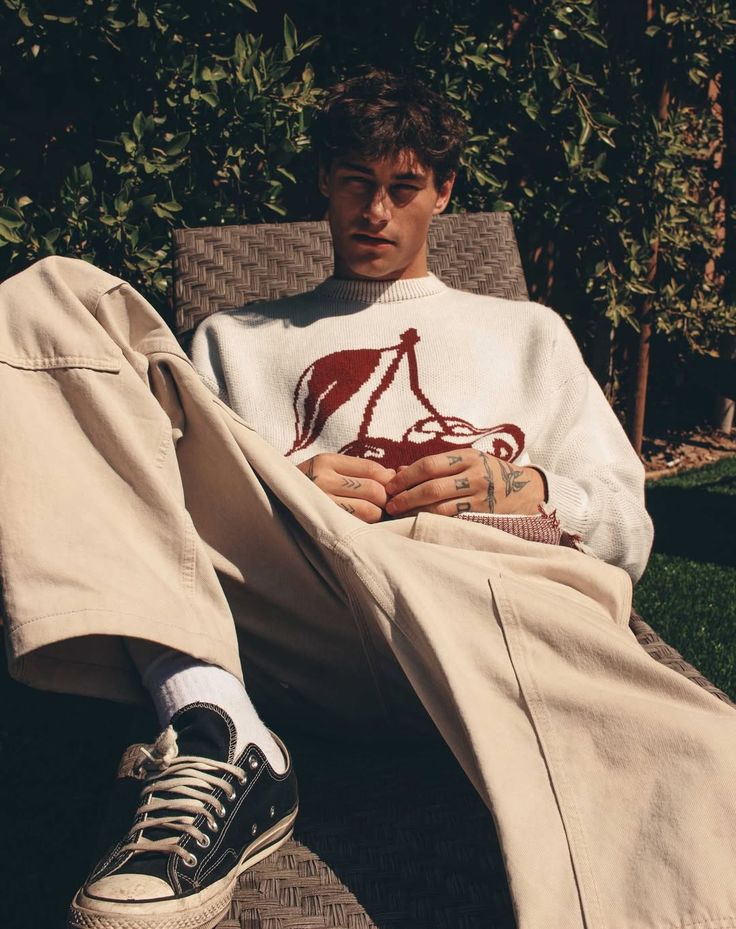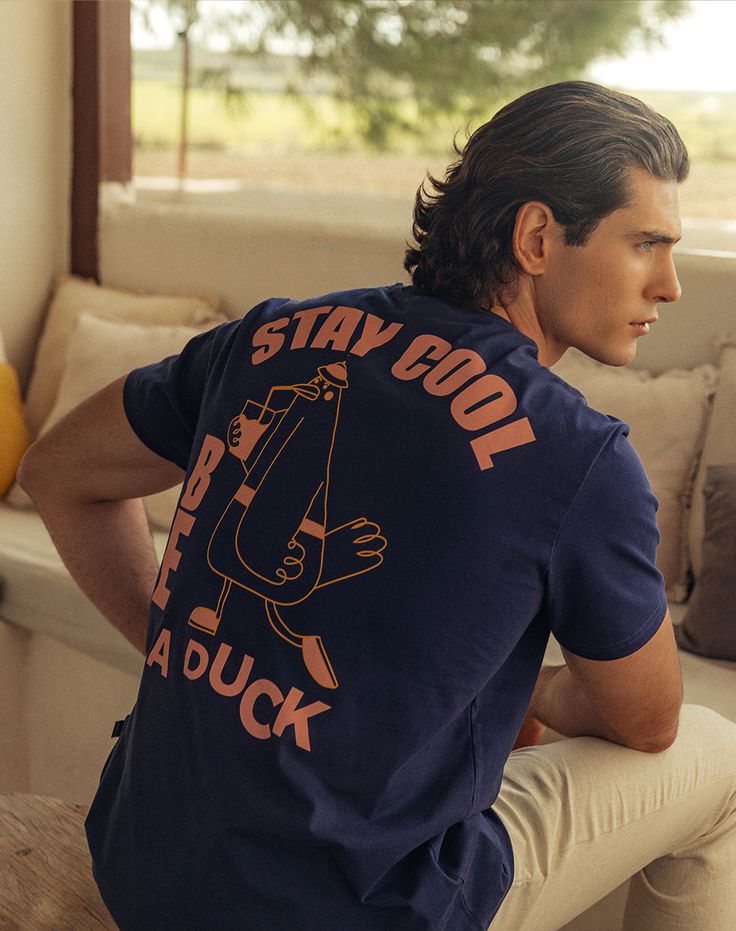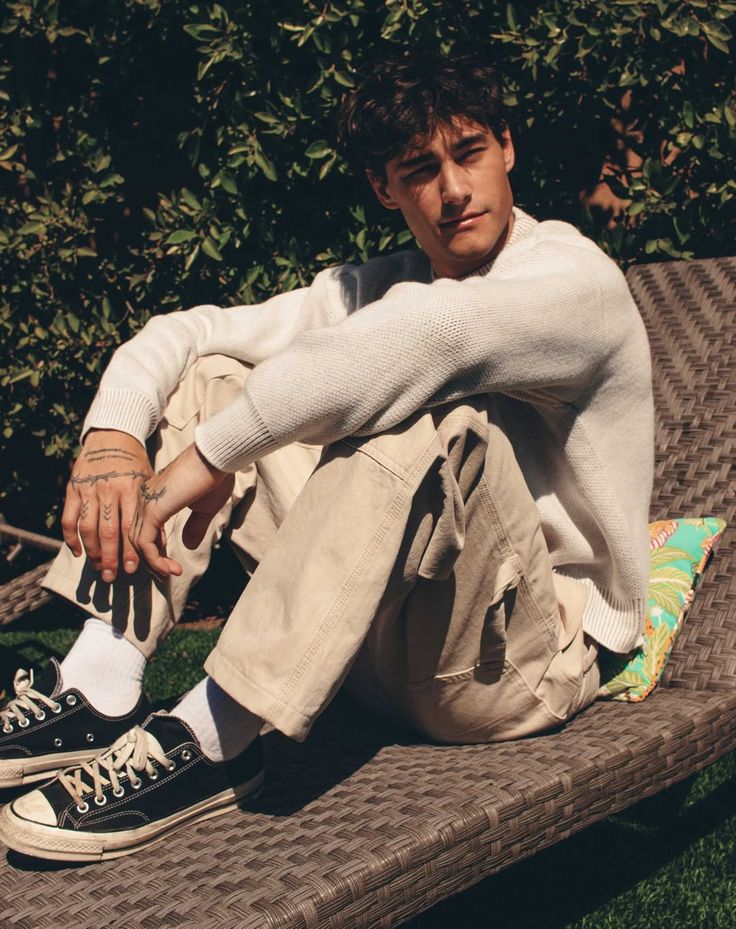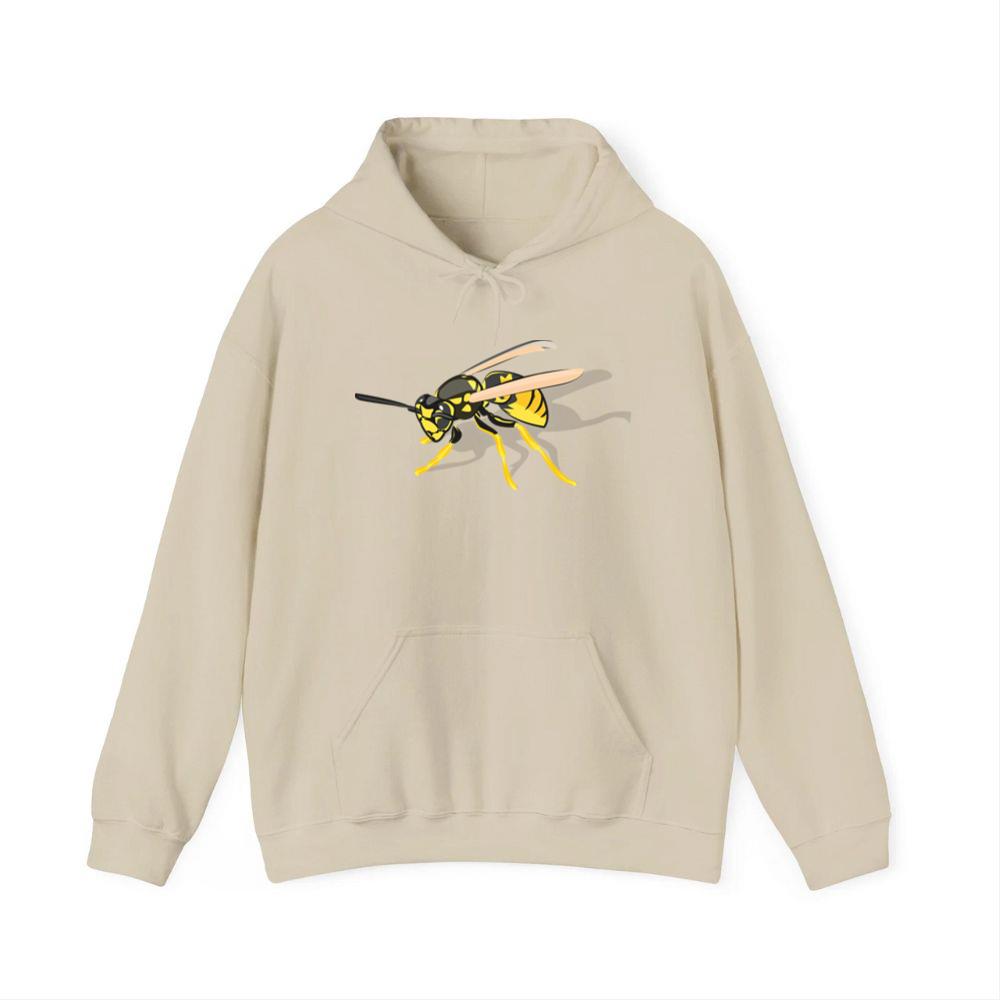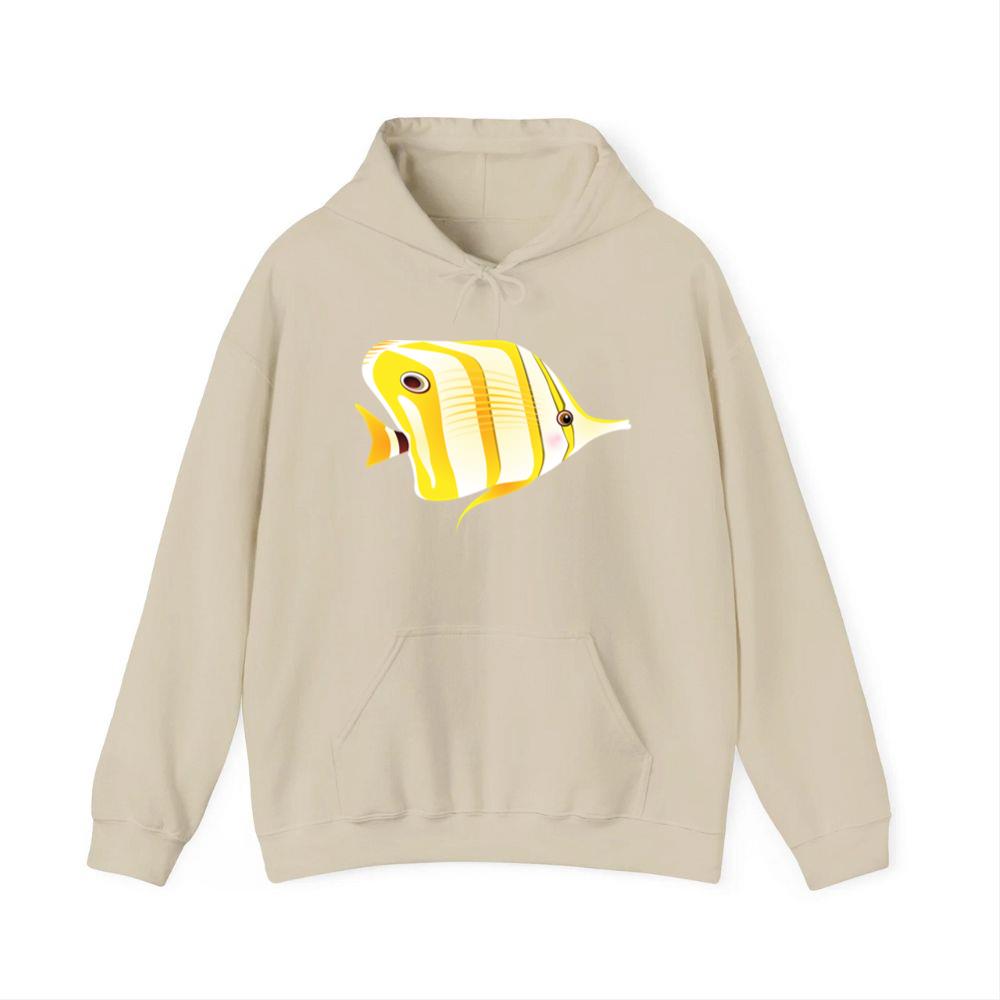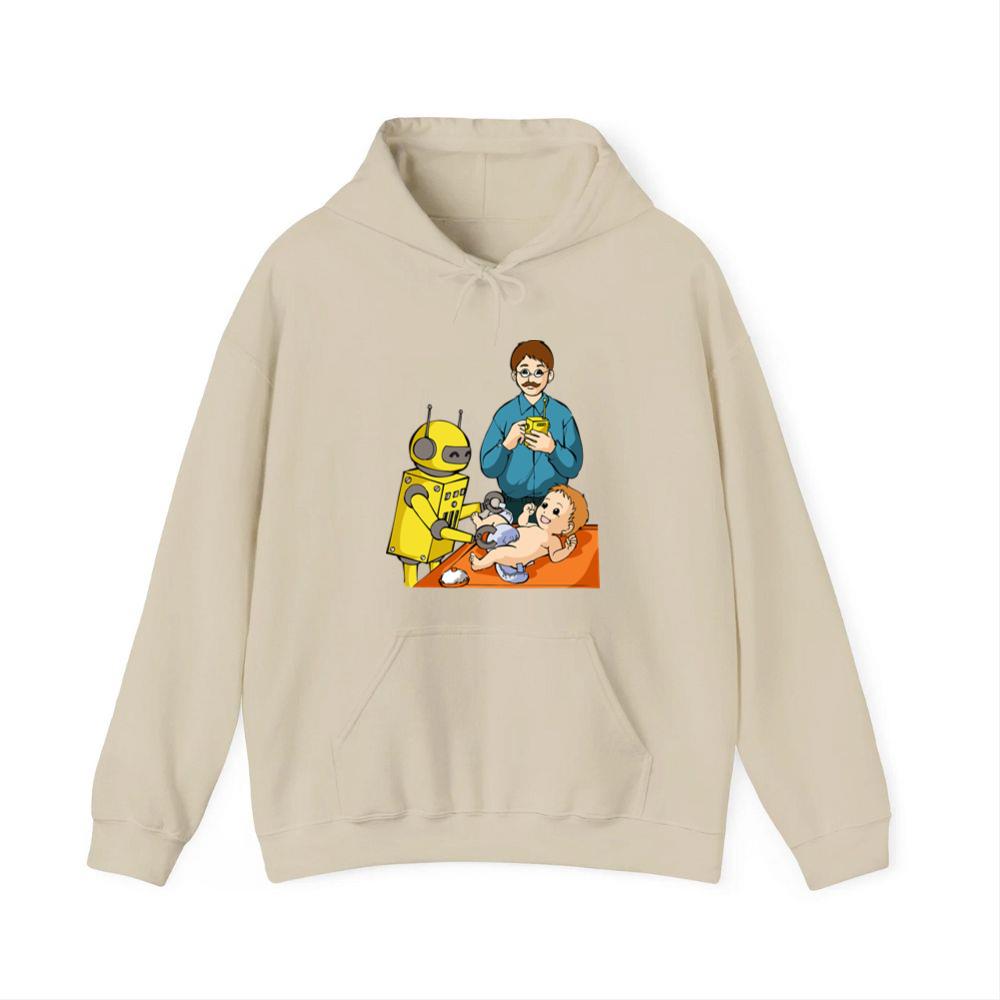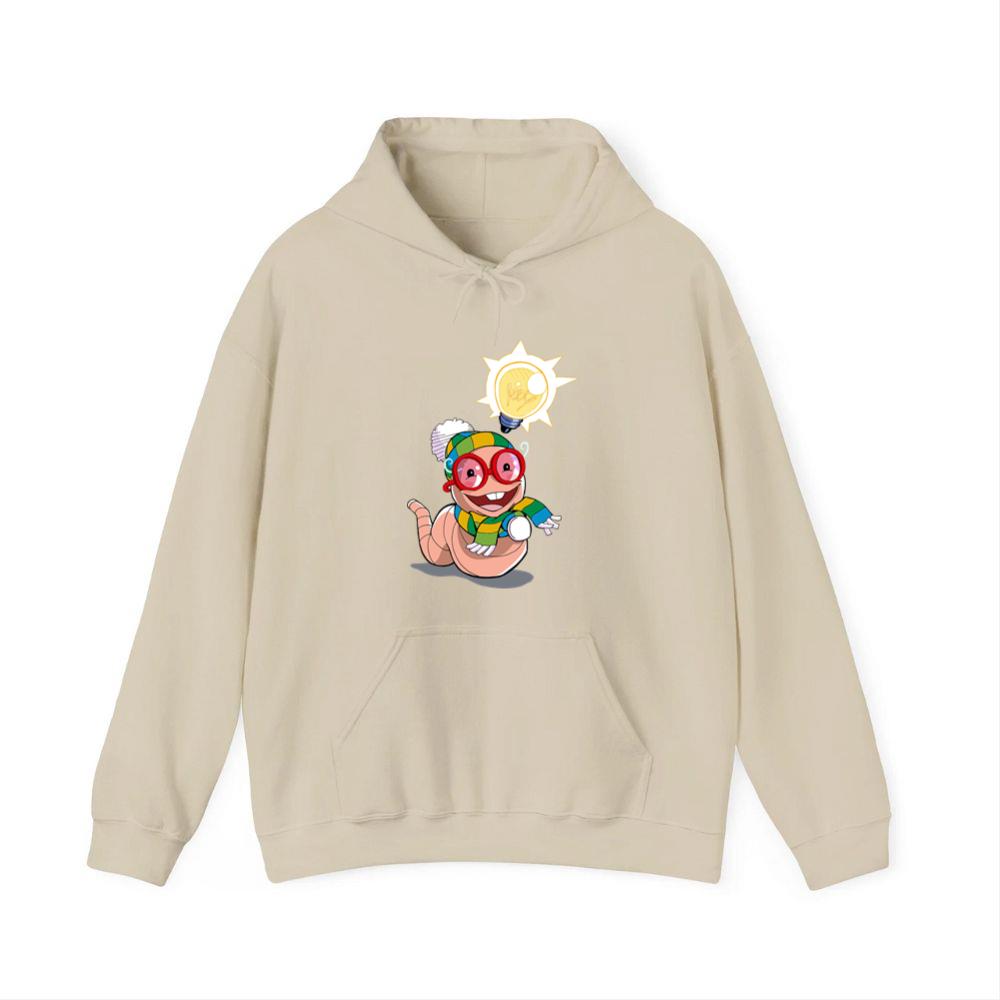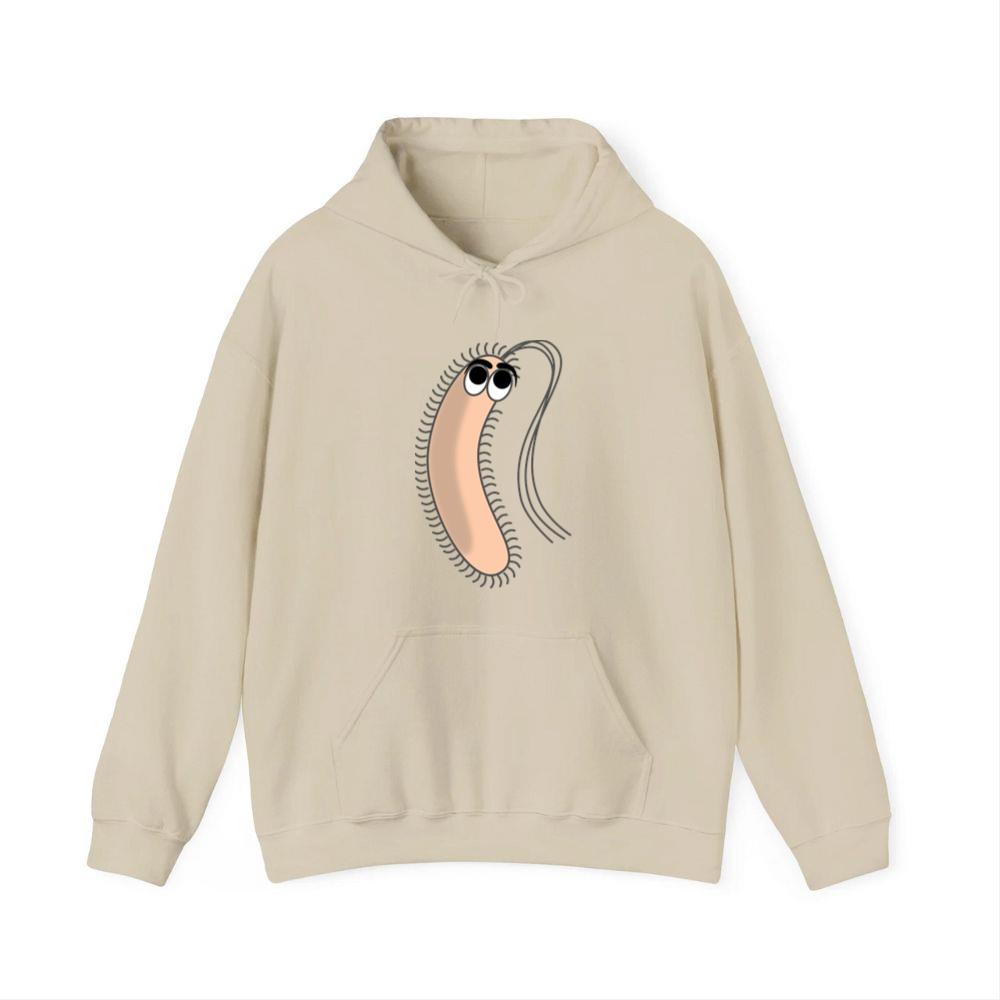Introduction
In a world increasingly shaped by individual voices, the fashion industry is undergoing a profound transformation. What was once dictated by elite designers or seasonal trends is now inspired by personal identity and self-expression. “Self-Crafted Fashion” captures this cultural shift, where style is no longer about following—it’s about forming. At the heart of this movement is the desire to create a wardrobe that speaks, reflects, and evolves with its wearer. Clothing becomes a visual autobiography, stitched together with emotion, heritage, values, and creativity.
The Power of Handmade Narratives
In a fast-paced, mass-produced fashion environment, handmade garments have become symbols of authenticity. Whether it’s a hand-sewn patch, embroidery passed down through generations, or a garment entirely constructed by the wearer, these details transform clothes into intimate storytelling devices. They mark memories, celebrate milestones, and define chapters of life. Through handmade fashion, individuals claim ownership not only of their style but of the stories they choose to tell.
Designing With Purpose and Emotion
Self-crafted fashion is guided by more than aesthetic preferences—it’s driven by meaning. Each choice, from color to fabric to silhouette, reflects something internal. A mood. A message. A mission. Gen Z and younger Millennials have especially embraced this method of fashioning, creating pieces that echo their beliefs, moods, and aspirations. Clothing becomes a daily reflection of who they are and how they wish to engage with the world around them.
Upcycling as a Statement of Value
Transforming old or discarded garments into new, expressive pieces is not just sustainable—it’s deeply personal. Through upcycling, wearers inject their creative energy into garments, breathing new life into forgotten fabrics. It becomes a way to resist overconsumption while reasserting individual agency in a system that thrives on uniformity. In this context, upcycled fashion becomes a rebellion, a statement, and a source of pride.
Community, Collaboration, and Shared Aesthetics
The self-crafted movement isn’t solitary—it thrives in community. Online forums, pop-up collectives, and shared studios bring together like-minded creators. Within these spaces, individuals share ideas, tools, and techniques, giving rise to shared aesthetics and collaborative designs. These communities champion inclusivity, encourage experimentation, and foster growth. Fashion becomes a collective expression, not a competitive race.
Technology Empowering the DIY Ethos
Digital platforms and tools have accelerated the self-fashioning revolution. From 3D printing to digital pattern libraries and sewing tutorial apps, technology has democratized design. Anyone with access to a computer can become a fashion creator. These resources empower people to design, modify, and distribute their creations independently, bypassing traditional gatekeepers. Technology makes fashion accessible, not just wearable.
Personal Identity Over Brand Loyalty
In self-crafted fashion, the label is not the focal point—the individual is. Shoppers are moving away from logo-driven consumption in favor of style choices that reflect personal ethics, passions, and identity. Wearing something self-made, locally sourced, or ethically crafted speaks louder than brand names ever could. The wearer becomes the brand, and their values are the message.
Emotion-Driven Aesthetic Choices
Mood-based dressing is an increasingly common practice. People are crafting their outfits based on emotional states—using textures to calm anxiety, colors to boost joy, or silhouettes to convey confidence. The process of creating one’s wardrobe becomes as therapeutic as it is expressive. These choices reflect a growing awareness of the mind-body connection and how fashion can support mental and emotional well-being.
Cultural Reclamation Through Garment-Making
Fashion is a tool of cultural storytelling and reclamation. Individuals are returning to ancestral techniques—like handloom weaving, natural dyeing, or indigenous embroidery—to reconnect with their roots. Creating garments from these traditions is both an act of preservation and evolution. In this space, fashion becomes a tribute to heritage and a medium for reclaiming identity that was once marginalized.
The Ethics of Creation and the Responsibility of Expression
To create fashion is to wield power—the power to influence perception, spread messages, and impact the environment. Self-crafted fashion comes with an acute awareness of this responsibility. Choices are made not just with style in mind, but with ethics, sustainability, and inclusivity at the core. Each garment created becomes a conscious decision, a stand for mindful production and thoughtful consumption.
Conclusion
Self-crafted fashion is more than a trend—it’s a movement redefining the way we understand clothing and identity. It replaces conformity with creativity, mass production with personal meaning, and anonymity with self-expression. Every stitch, seam, and silhouette tells a unique story. By designing their own fashion narratives, individuals reclaim power, celebrate authenticity, and contribute to a future where style is not only seen but truly felt.
In this revolution, fashion is no longer just worn—it is lived, shaped, and remembered. And at the heart of it all is the self: unapologetic, original, and endlessly evolving.

